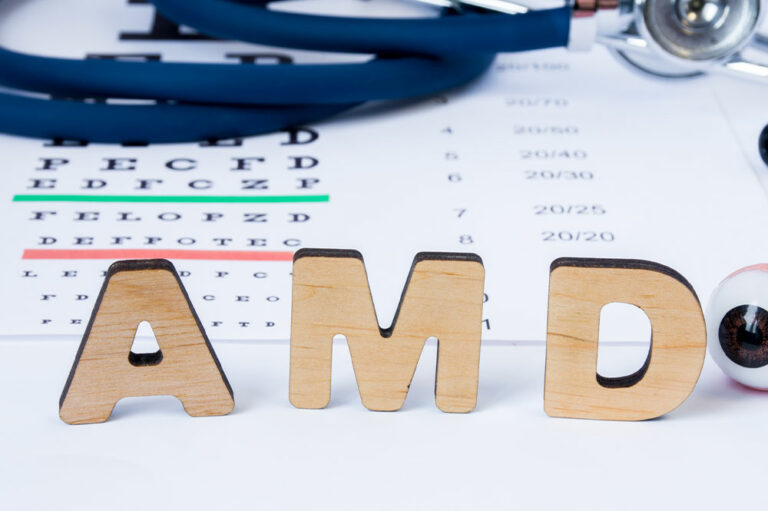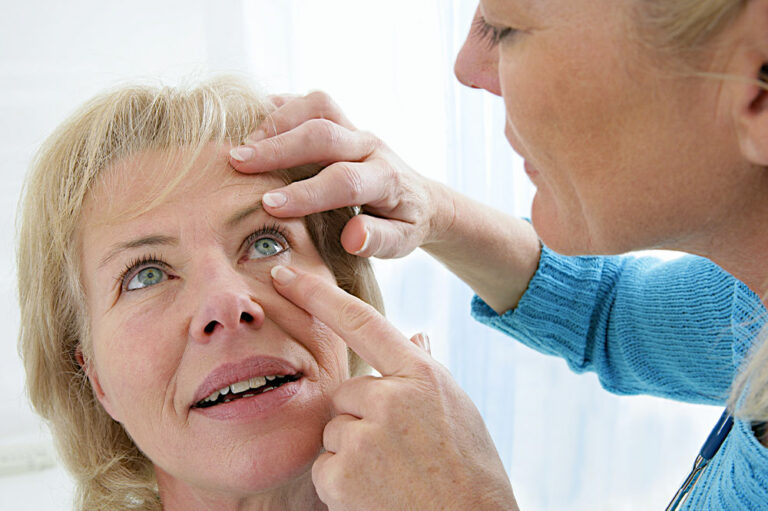
12 lesser-known side effects of antidepressants
Antidepressants are oral treatment methods for those diagnosed with mood disorders. There are several types, or classes, of these treatments, each with varying degrees of efficacy. Most antidepressants have side effects, but usually, age, genetic composition, and the antidepressant type determine the likelihood of reaction. While some are common, there are also several side effects that not many people know are a result of antidepressants, and they may be misconstrued as a reaction to something else.
Conditions managed by antidepressants
Most commonly, antidepressants are given to people diagnosed with clinical depression, bipolar disorder, obsessive-compulsive disorder (OCD), post-traumatic stress disorder (PTSD), generalized anxiety disorder, bulimia, or panic disorder. That said, these treatments are usually only used to treat severe or chronic conditions. Psychotherapy, consulting, physical therapy, or a combination of these treatments can help improve one’s symptoms.
Side effects of antidepressants
Suppose a person experiences any of the following symptoms while on antidepressants; they should consult their doctor immediately. A healthcare expert can not only adjust the treatment but also help with managing the condition better. Here are some side effects that shouldn’t be ignored:
1. Change in the body’s acetylcholine levels
Antidepressants can change the level of acetylcholine, which is a chemical in one’s body that helps maintain physiological functions like cardiac health, blood pressure, and glandular secretion. Any changes here can cause vision blurriness, confusion, an agitated state of mind, constipation, urination issues, drowsiness, or dry mouth.
2. Decreased alertness
These treatments can affect concentration levels or how one perceives their surroundings. A decreased level of alertness can be seen when performing skilled tasks like driving. These are usually seen in the initial stages of starting the treatment. In some extreme cases, or if left untreated early on, the side effects may lead to confusion, lethargy, or the risk of going into a coma.
3. Increased incidence of diabetes
Diabetes is a type of condition that affects the body’s ability to regulate blood sugar levels. Those on antidepressants may develop diabetes, especially those over the age of 30. Since diabetes can persist for a long time once developed, it’s essential to be vigilant about its symptoms, like frequent urination, excessive thirst, dry, itchy skin, fatigue, and weakness.
4. Changes in gastrointestinal tract
Some antidepressants may affect the body’s clotting mechanism, which can cause internal bleeding in the body. A common form of bleeding is gastrointestinal bleeding, but one may also experience nose bleeds. The risk of gastrointestinal bleeding is higher in older individuals, especially those over 80. This bleeding can occur anywhere in the gastrointestinal (GI) tract.
5. Recurring fever and increased sweating
Antidepressants impact one’s nervous system and change neurotransmission within the brain to maintain one’s mood and behavior. So, one may experience shaking or tremors, which are involuntary body movements or motor disturbances. Shaking may also be a result of a fever. Another side effect of the treatment is high temperature, which is usually a side effect seen earlier during the treatment.
6. Stiffness in muscle
One may likely experience rigidity in their muscles and feel as though they cannot move them. Muscle cramps, spasms, and seizures may also be a risk. Any loss of movement while on antidepressants must be addressed promptly.
7. Difficulty speaking and swallowing
Sometimes, one may find it difficult to swallow food, find the act painful, or even have difficulty speaking normally. This is usually because of muscle stiffness.
8. Rapid heartbeat
Antidepressants may increase one’s heart rate, breathing, and blood pressure, which needs prompt medical attention monitoring.
9. Low sodium levels
In some cases, these treatments can affect the balance of sodium levels in the body, leading to headaches, nausea, crankiness, restlessness, or confusion. This risk is more common in older adults and during the first four weeks after starting antidepressants. So, it’s important to observe each sign and consult the doctor in case of any physical or psychological changes.
10. Decay of tooth
A lesser-known side effect of antidepressants is tooth decay or declining oral health, but it usually occurs after prolonged use. Dry mouth may be another common symptom.
11. Low blood pressure
Antidepressants may also lower one’s blood pressure, which may worsen if the individual takes hot baths. It can also disturb one’s heart rhythm.
Antidepressants may also put one at risk of developing conditions like neuroleptic malignant syndrome (NMS), which affects one’s nervous system. One may also experience an upset stomach or diarrhea.
12. Emotional response
One may feel numb after taking an antidepressant. To manage these, one can add other treatments to keep up one’s energy, serotonin levels, and mood, like exercise, light therapy, massages, and psychotherapy. A holistic approach to these treatments is often the main solution for mood disorders, and relying solely on antidepressants may not always work.
In most cases, the side effects of antidepressants improve over time and may be mild to begin with. Additionally, certain lifestyle changes can help reduce the side effects of antidepressants. However, one should always consult a doctor for guidance and monitoring, who can reassess the treatment plan if the side effects persist or worsen.







